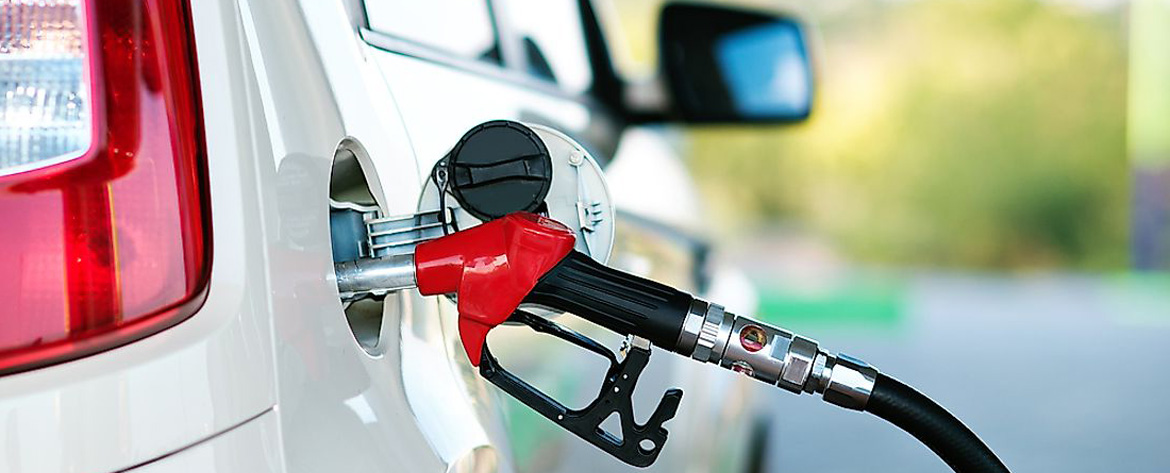A material, generally a liquid fuel, gasoline, or distillate, whose combustion is used to supply chemical energy to provide the power for an automotive vehicle. 5 Most Common Types of Fuel

Gasoline, also spelled gasolene, also called benzene, gas or petrol, mixture of volatile, flammable liquid hydrocarbons derived from petroleum and used as fuel for internal-combustion engines. It is also used as a solvent for oils and fats.
Currently, the majority of motor vehicles worldwide are powered by gasoline or diesel. Other energy sources include ethanol, biodiesel, propane, LNG, LPG, (CNG), electric batteries, and hydrogen (either using fuel cells or combustion), Ammonia and others. There are also cars that use a hybrid of different power sources.
Diesel such as EN590 - Euro 5 is a common fuel and is used in Marine applications. Land Apllications, Trucks, Cars, Miltary and Generators etc.
Autogas (LPG)

Autogas is widely used as a "green" fuel, as its use reduces CO 2 exhaust emissions by around 15% compared to petrol. One litre of petrol produces 2.3 kg of CO 2 when burnt, whereas the equivalent amount of autogas (1.33-litre due to lower density of autogas) produces only 1.5 * 1.33 = 2 kg of CO 2 when burnt. CO emissions are 30% lower, compared to petrol and NO x by 50%. It has an octane rating (MON/RON) that is between 90 and 110 and an energy content (higher heating value HHV) that is between 25.5 megajoules per litre (for pure propane) and 28.7 megajoules per litre (for pure butane) depending upon the actual fuel composition. (Info sourced on the web)
Autogas is considered to be the third most popular automotive fuel in the world, with approximately 16 million of 600 million passenger cars powered using the fuel, representing less than 3% of the total market share. Approximately half of all autogas-fueled passenger vehicles are in the five largest markets (in descending order): Turkey, South Korea, Poland, Italy, and Australia other counties in thw world are considering this option.